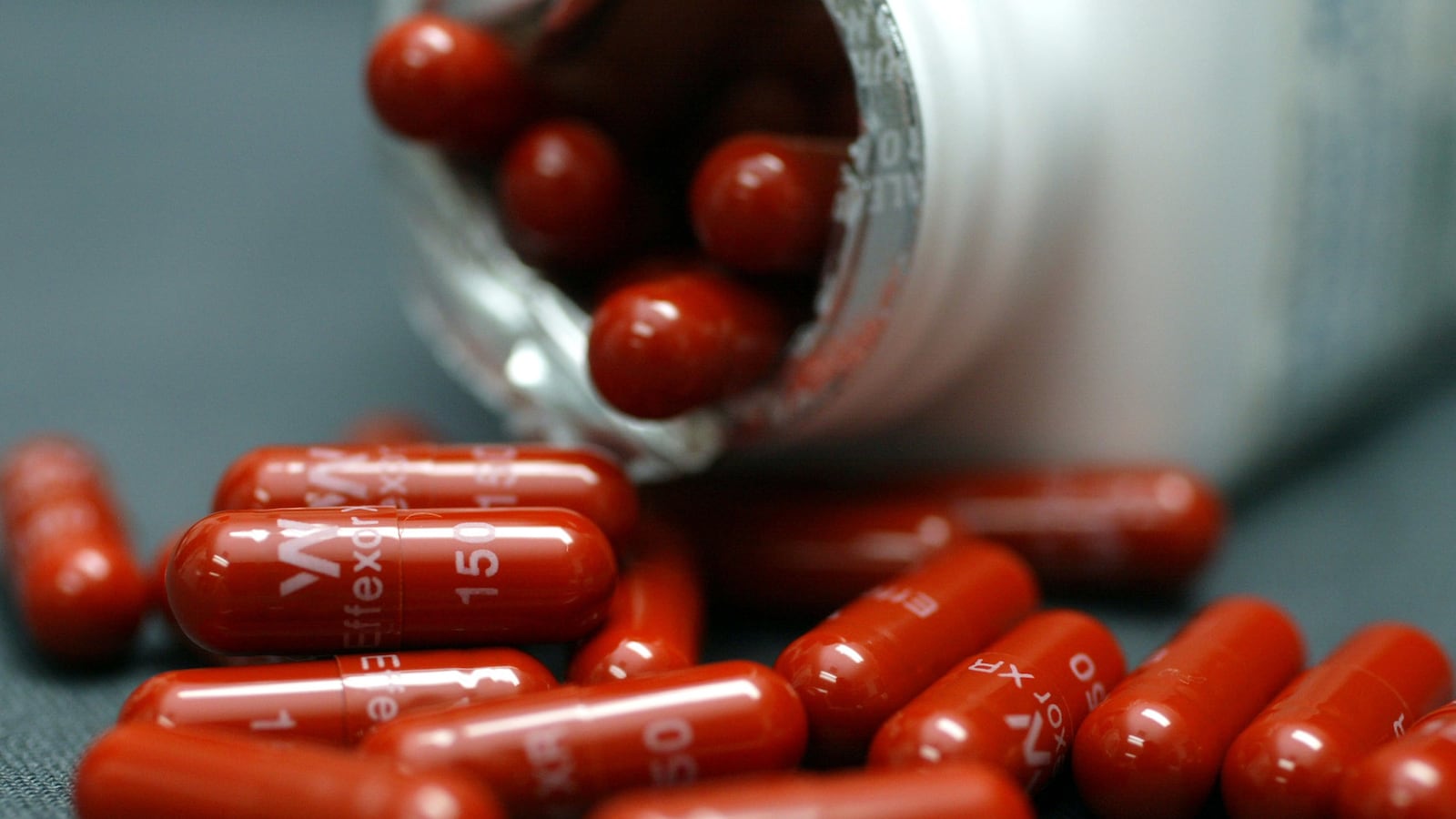When the federal government introduced suicide warnings on antidepressant packaging in 2004, they believed it would deter young people from needlessly taking the drugs. But, a decade later, it looks as though their plan backfired.
A new study undertaken at Harvard looked at data from 2.5 million adolescents and young adults to measure the effects of the U.S. Food and Drug Administration’s initiative over the past 10 years. They found that use of antidepressants dropped by 31 percent among teens during this time, while the number of young people seeking medical help for overdosing on psychiatric meds rose by 22 percent for adolescents and 3 percent for young adults. Attempted suicides between 18-29 year olds went up by 37 percent across this period.
The paper’s researchers suspect that young people who would have ordinarily sought advice and subsequently antidepressants from their doctors ultimately got no treatment at all; alternative therapies such as psychotherapy also showed no signs of increasing. They believe that the FDA’s warnings spooked practitioners from offering the drugs, which began coming with warnings for adolescents in 2004, and expanded to reach young people in 2007.
“The warnings were well-intentioned but people were concerned that the ferocity of the messages might affect clinicians, parents, and young people in a way that would reduce needed medications,” Stephen Soumerai, who co-authored Harvard’s study, explained.
Around the same time as America’s foray into warnings against antidepressants, Canada’s government underwent a similar change in attitude after their own federal health department highlighted concerns about the connection between the drugs and suicide. Four years later, in 2008, a study found that suicides among Manitoba’s youth saw a surge of 25 percent, with 10 percent less teens going to their doctors for help, and their use of antidepressants falling by 14 percent.
Comparing this study with Harvard’s findings, a link between perceived government negativity towards antidepressants and a drop in young people getting advice on dealing with their depression seems clear.
But the most important preventative measure proffered by the latest research is that of the dissemination of health information in the public sphere. It cites the media as a key player in the problems that ensued after the black box warnings were implemented, and says that public health officials have a responsibility to communicate regulatory messages better in order to avoid confusion over medical developments. Had this been the case in 2004, the number of young people trying to kill themselves may not have risen so dramatically in the warnings’ aftermath.
A spokesperson for the FDA was quick to reinforce their stance on antidepressants’ black boxes following these findings. In an email to Reuters Health, the spokesperson said, “nothing indicates a need for change in the Boxed Warning on these drugs, which urges attention to patients starting treatment, which the FDA feels is still good advice.”
The memo also stated that “the FDA has not tried to discourage use of antidepressant drugs in people who may benefit from them,” and that it had “tried to balance the suicidality warning language with a reminder that depression is a serious illness that itself is the major risk factor for suicidal thoughts and actions.”
The FDA’s decision to begin printing these warnings on packages has always been contentious, though, particularly as young people are approximately five times more likely to attempt suicide than members of older generations. While approximately one in every 25 attempts among adults results in death, that same metric is one in five for under-29s.
“The warning covered the necessary information for clinicians and patients and the public,” the study’s lead author, Christine Yu, said. “In news reports the emphasis was on the risk of completed suicide. I think that’s alarming for parents and patients and clinicians to see.”
“I think it is incumbent that we all have to do a better job at gauging the risk and benefits of these medications,” added Soumerai. “Given the hazards of undertreatment of depression that we believe occurred here, we feel that there is a need for communications by the FDA to be coordinated better to avoid exaggerated messages to the public.”
In something of a lucky escape for the FDA, the number of suicides over the past 10 years has remained at a steady rate. But while they may not have blood on their hands right now, they very nearly did: a 40 percent rise in young people attempting to end their lives is a serious cause for concern. While their warnings may be justified, introducing life changing measures like their black boxes need to be dealt with far more sensitively. Underprescribing is proving to be one of the deadliest drug risks of all.






